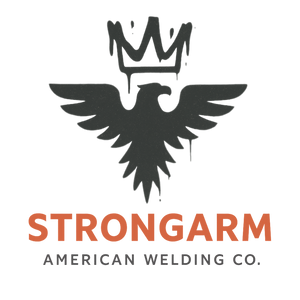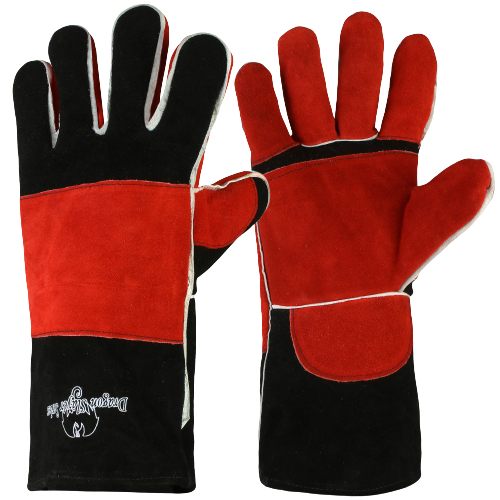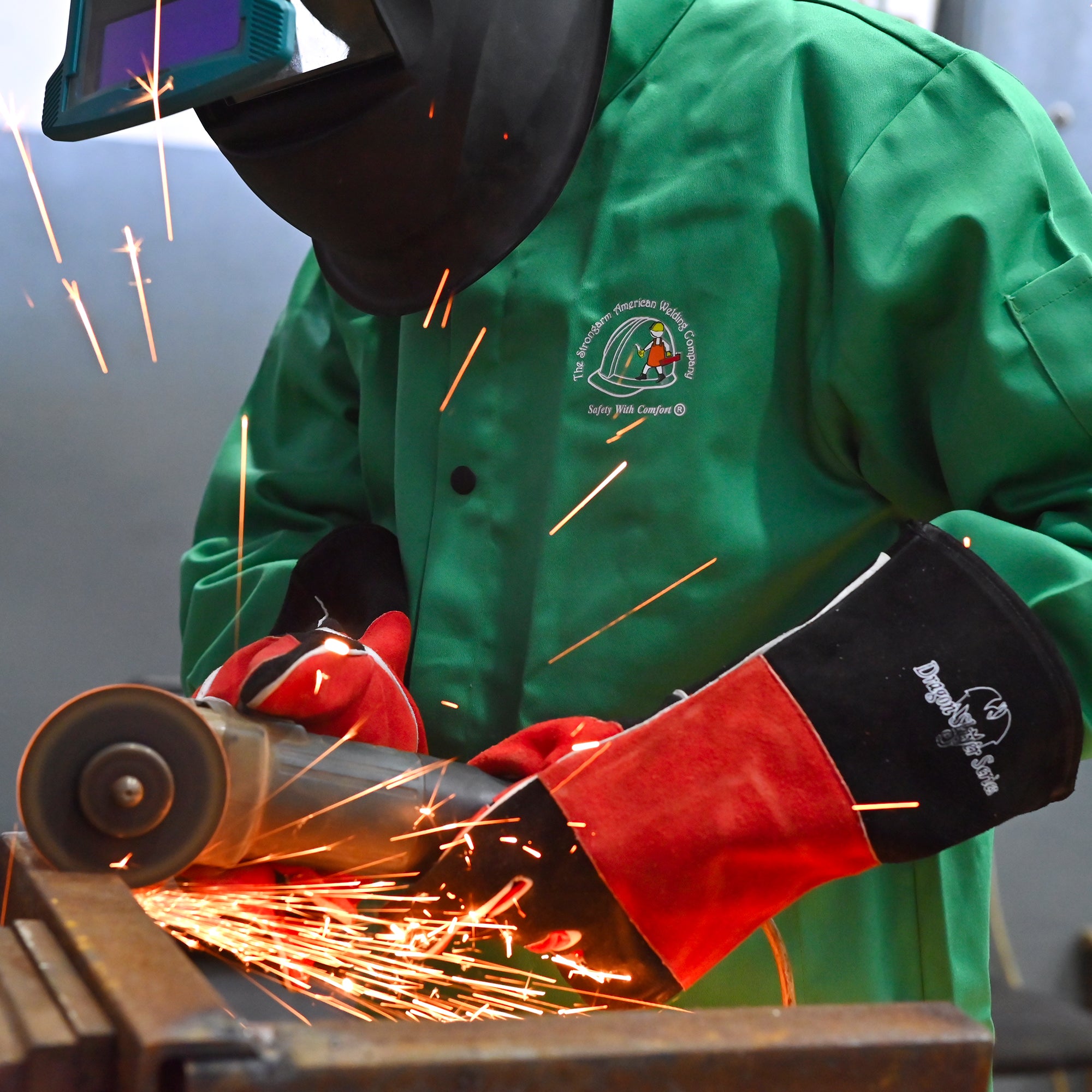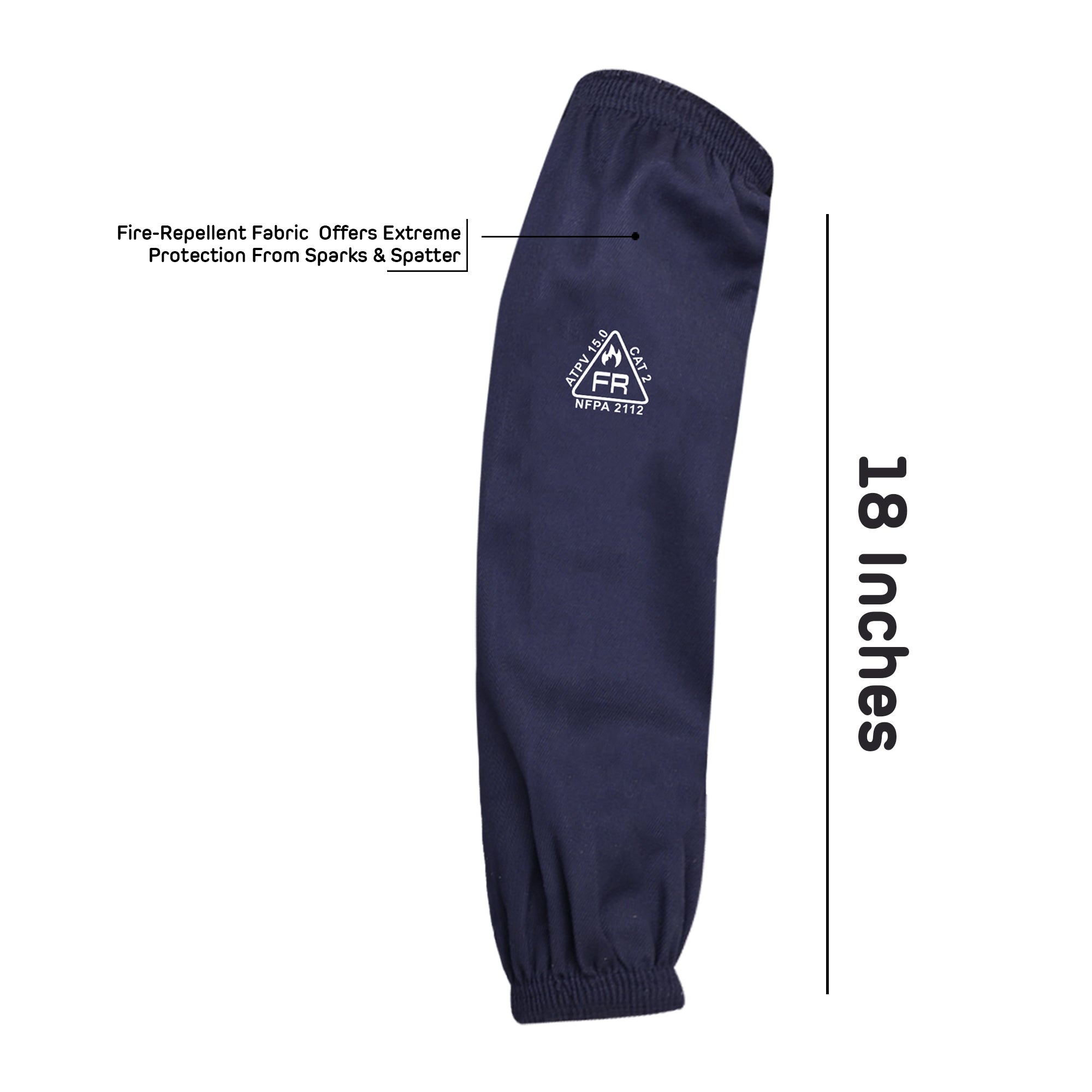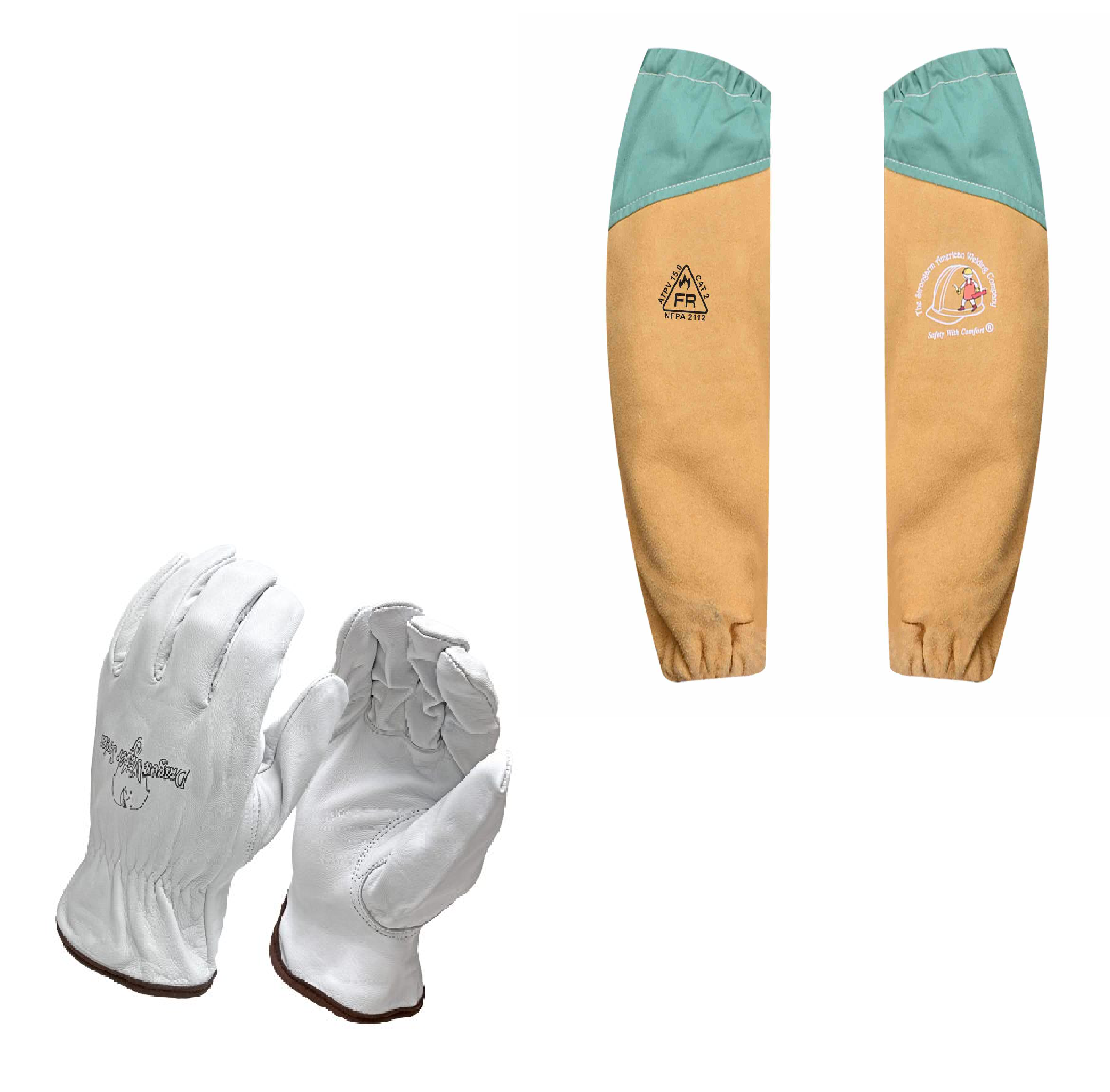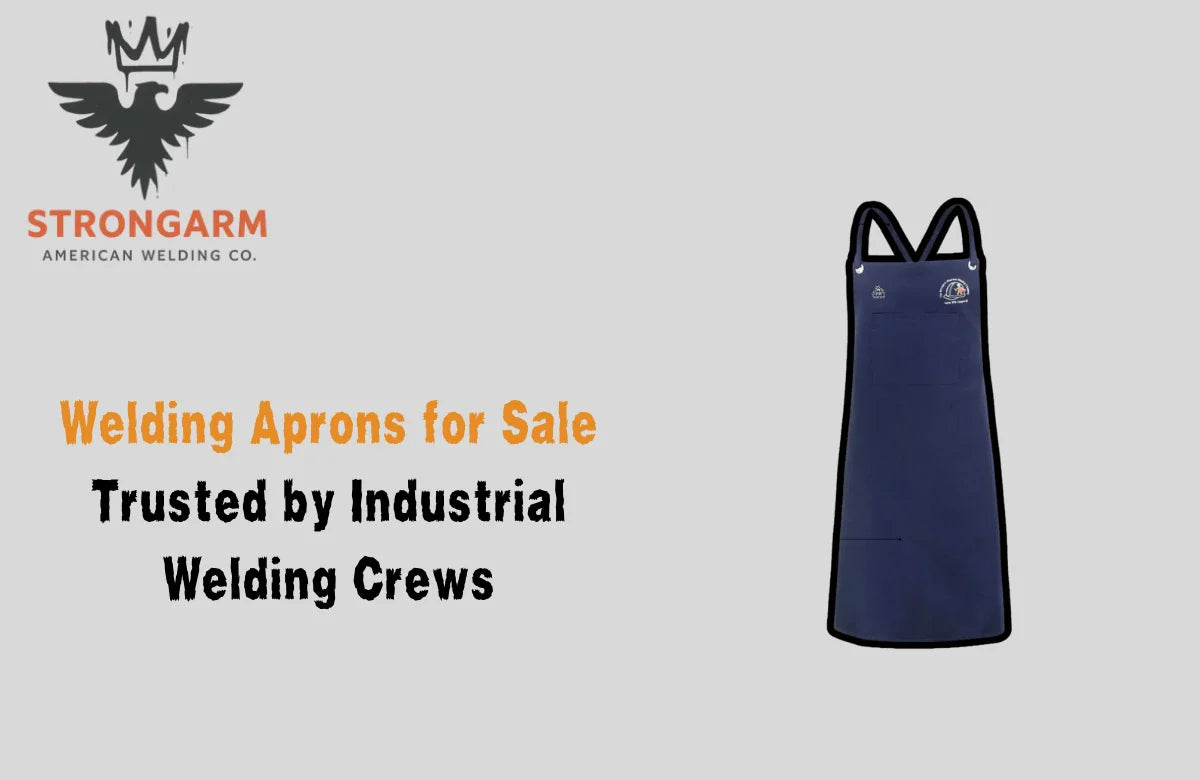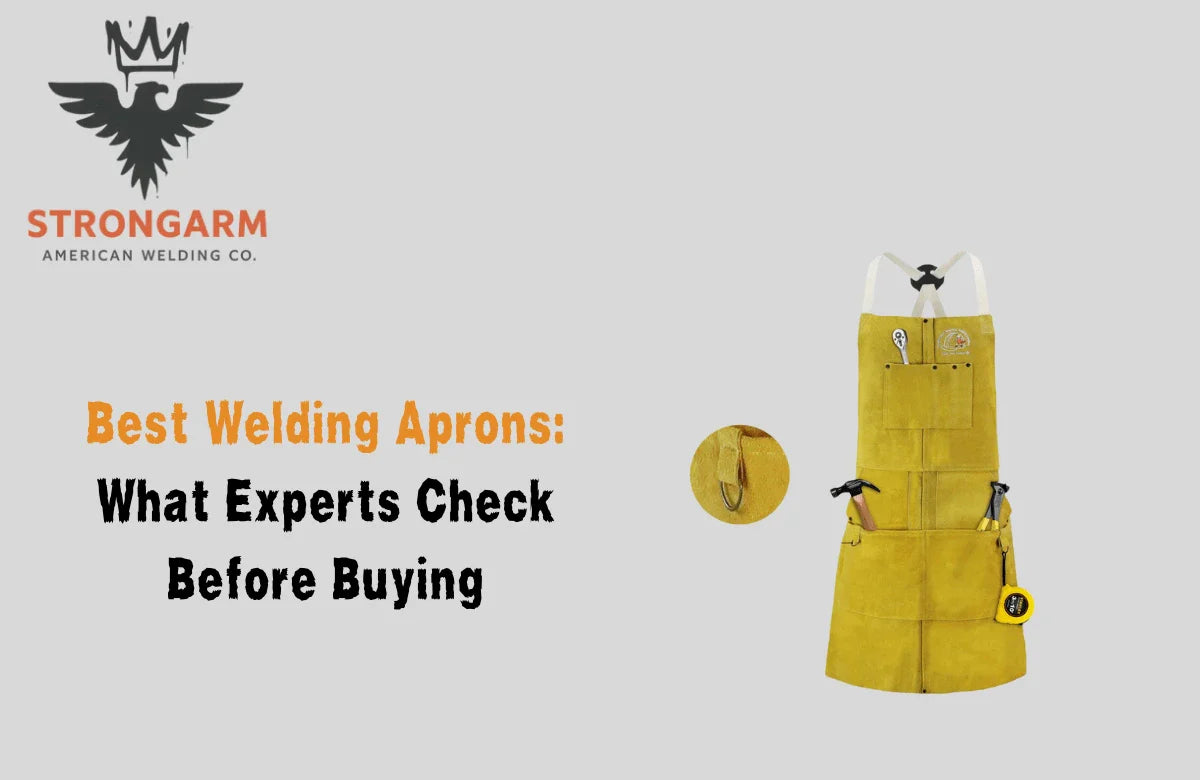When it comes to welding right gear is essential. Among the essential equipment for welders according to PPE, welding gloves play a pivotal role in ensuring safety and precision during various welding techniques. But with many options out there, how to pick the perfect pair? Don’t worry, this guide will help to understand the different types of welding gloves and select the right ones for special welding techniques to keep hands safe.
Understanding Welding Gloves
Welding gloves are like shields for your hands when you're welding. They're made from different materials, and each type has its benefits. Imagine it like choosing the right tool for a job—picking the right material for your gloves is essential. Whether it's the classic leather or a more modern synthetic blend, knowing what they're made of helps you choose the one that suits your needs.
What Are Welding Gloves Made Of?
Gloves, that keep our hands safe while we're busy welding. Turns out, they're not all made from the same stuff. They come in different materials, each with its special powers. It's like picking superheroes for your hands—with each material having its unique abilities.
Leather gloves are the usual pick for a lot of welders because they're strong and can handle a lot. They protect your hands from sparks, heat, and all the rough things that happen when you're welding.
Now, let's dig a bit deeper into welding gloves material.
Leather Gloves
Leather gloves have been a go-to for welders for a long time, and there’s a good reason for it. These gloves are mostly made up of goatskin or cowhide which offers durability and protection. The thick material shields hands from the super-hot stuff in welding and keeps you safe from sparks and spatter. Plus, they get comfier as time goes on and sort of mold to your hands.
Pros:
Durability: Leather gloves can handle a beating and keep on protecting.
Heat Resistance: Leather gloves stand up well to high temperatures which is a must while welding.
Comfort: Over time, leather welding gloves mold to the shape of welders’ hands to make them feel comfortable for long-time wear.
Cons:
Weight: Leather gloves can be heavier as compared to synthetic options.
Cost: Leather gloves are a bit pricier but many welders swear by their longevity.
Synthetic Blends
Synthetic gloves are mixed materials of Kevlar, Nomex, and others. Kevlar, known for being used in bulletproof vests, adds serious strength. Nomex brings heat resistance. These gloves are often lighter and let your hands breathe more than all-leather ones, giving you a different kind of comfort.
Pros:
Lightweight: Synthetic gloves won’t weigh you down during long welding sessions.
Dexterity: These gloves offer more flexibility and allow better control over complex tasks.
Affordability: Generally more budget-friendly to make them accessible to all welders.
Cons:
Durability: Synthetic gloves might not last as long as leather welding gloves.
Heat Resistance: These gloves do not handle extreme heat like leather gloves.
Different Types Of Leather
There are different types of leather from which you can choose the one that suits your welding type the most.
Cowhide
Cowhide leather is sturdy and dependable. It provides excellent durability and protection. If you want gloves that can take a beating and keep on going cowhide is a solid choice.
Deerskin
Deerskin leather is on the softer side. It gives a comfortable and flexible feel to the welder. If you prioritize comfort without sacrificing protection, deerskin gloves might be your pick.
Elk Skin
Elk skin leather strikes a balance between toughness and flexibility. This leather type offers durability while allowing for movement. If you need gloves that can handle various tasks, elk skin is a versatile option.
Goatskin
Goatskin leather is a natural choice. It provides durability with a soft touch thus goatskin leather gloves became the go-to choice for TIG welding. If you want gloves that are kind to nature and tough on the job, goatskin is worth considering.
Pigskin
Pigskin leather is breathable and resilient. They provide great resistance to oil and lubricants. If you're working in conditions where there is exposure to lubricants, pigskin gloves could be the way to go.
Welding Gloves Black Stallion
In the different types of welding gloves collection, Black Stallion Gloves has something special to offer. These gloves go beyond just keeping the hands safe, they bring a touch of style to the welding scene. These gloves are designed with welders’ safety in mind to make sure that their hands stay protected during intense welding work. Not only just protection they also offer a comfortable fit for different welding techniques. These gloves make sure that welders can focus on their work without any discomfort.
Types Of Welding And Gloves To Match
MIG Welding
MIG welding, also known as Gas Metal Arc Welding (GMAW), is a versatile method used for various materials, both thick and thin. In this process, a welding gun, held in the dominant hand, heats and feeds a continuous wire electrode into the weld pool, and melts the base materials together. This exposes welders to medium to high heat and a moderate amount of sparks.
In MIG welding, where higher heat and spatter are common, some welders opt for high-quality goatskin gloves with a heat-resistant lining. However, due to the increased heat and spatter, many welders prefer thicker gloves. Top-grain cowhide, goatskin, or deerskin are popular leather choices for MIG welding gloves.
TIG Welding
Tungsten Inert Gas (TIG) welding, or Gas Tungsten Arc Welding (GTAW), is perfect for high-quality and precision welding on thin metals. Unlike MIG, TIG employs a non-consumable tungsten electrode, resulting in low heat exposure and minimal sparks. For TIG welding, gloves need little to medium heat protection on the palm and back of the hand but require high levels of dexterity for precise control.
The preferred TIG welding glove material is often goatskin or a similarly thin and flexible material. These gloves allow for excellent movement, crucial for the precision required in TIG welding. Since TIG produces less spatter, these gloves might not offer as much protection for processes that generate more heat and spatter.
Stick Welding
Stick welding, or Shielded Metal Arc Welding (SMAW), is the oldest and simplest form of welding. It involves using an electric current to melt a metal filler electrode (rod or "stick") and the metal joint, fusing them. The rod is coated in flux, creating the necessary shielding gas for the weld.
Stick welding requires a thicker cut of leather, such as the split grain of elk skin, pigskin, or goatskin. The straightforward nature of stick welding means that extreme flexibility in the glove isn't necessary. Thickness and protection are more important because stick welding produces the most heat and sparks compared to any other welding process.
Flux Core
Flux-cored Arc Welding (FCAW), or flux-core welding, uses a flux-filled wire, eliminating the need for an external shielding gas. This makes it potent for heavy-duty jobs and metals, acting as a more efficient version of stick welding.
Gloves for flux core welding should offer high back-of-hand heat protection and moderate dexterity for operating the welding gun trigger. The process exposes welders to medium to high heat and a moderate amount of sparks and molten splatter.
Maintenance Of Leather Welding Gloves
Taking good care of your welding gloves ensures they stay effective and last longer. Here's a simple guide to maintaining your different types of welding gloves. By following these simple steps into your routine, you'll keep your welding gloves in top shape.
Keep Them Clean
Wipe off any dirt, grime, or welding residue after each use. A clean glove not only looks better but also performs better.
Store Properly
Hang your gloves in a cool, dry place when not in use. Avoid leaving them in direct sunlight or damp conditions, as this can affect the leather and overall quality.
Inspect Regularly
Check for any signs of wear, tear, or damage. Look out for holes, loose stitching, or areas that may need reinforcement. Catching issues early can prevent further damage.
Avoid Moisture
Wet gloves can become stiff and uncomfortable. If your gloves do get wet, let them air dry naturally. Avoid using heat sources, as excessive heat can damage the leather.
Apply Leather Conditioner
Treat your leather gloves with a specialized leather conditioner. This helps maintain flexibility and prevents the leather from drying out or cracking.
Replace When Necessary
Welding gloves have a tough job, and they won't last forever. If you notice significant wear or if the protection is compromised, it's time to replace them. Your safety is the top priority.
Conclusion
From the different types of welding gloves, choosing the right ones is important. Whether you're doing MIG welding, TIG welding or Stick welding, understanding each type and material helps you make the best choice. So, gear up, start welding, and keep your hands safe with the best gloves.
